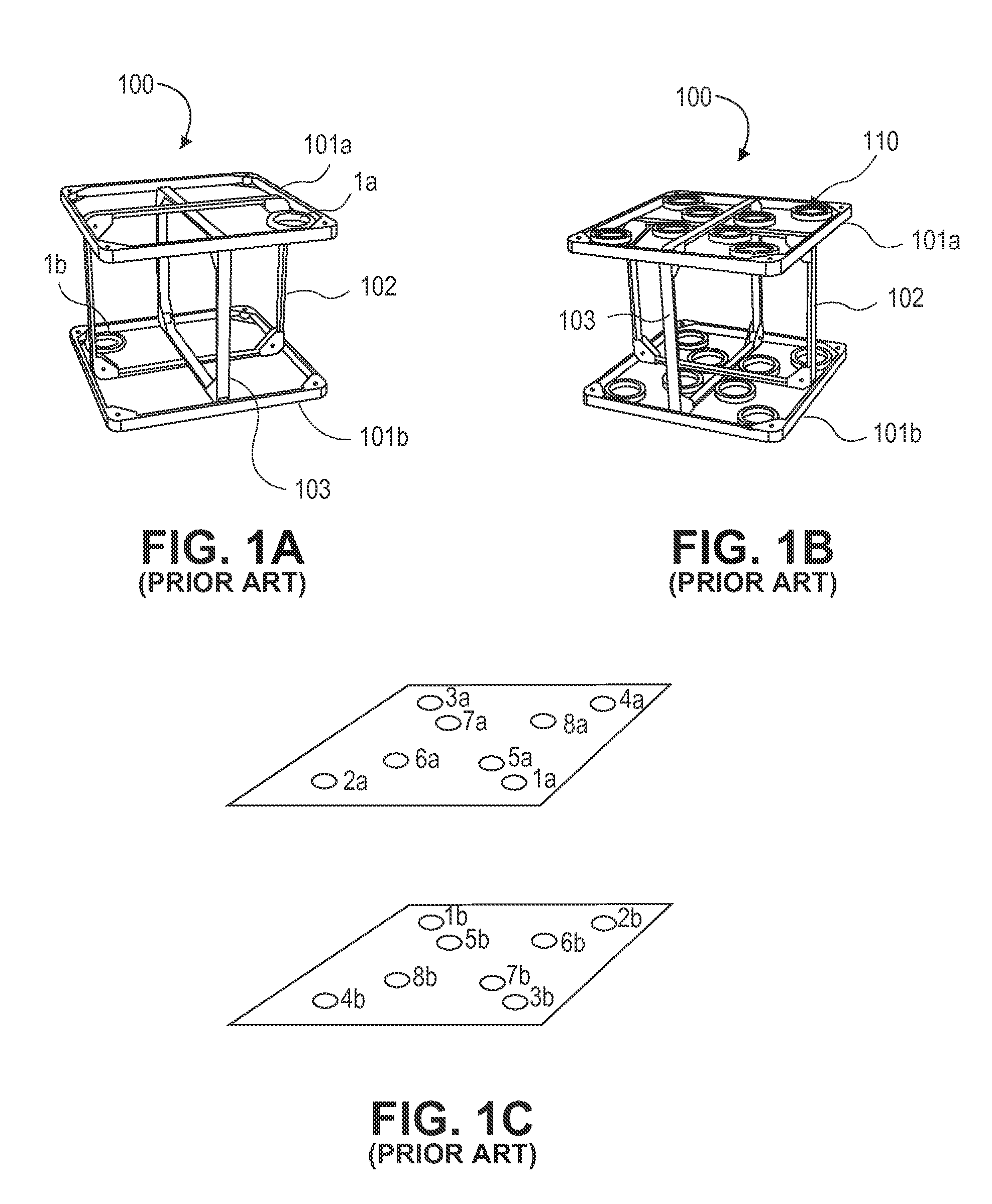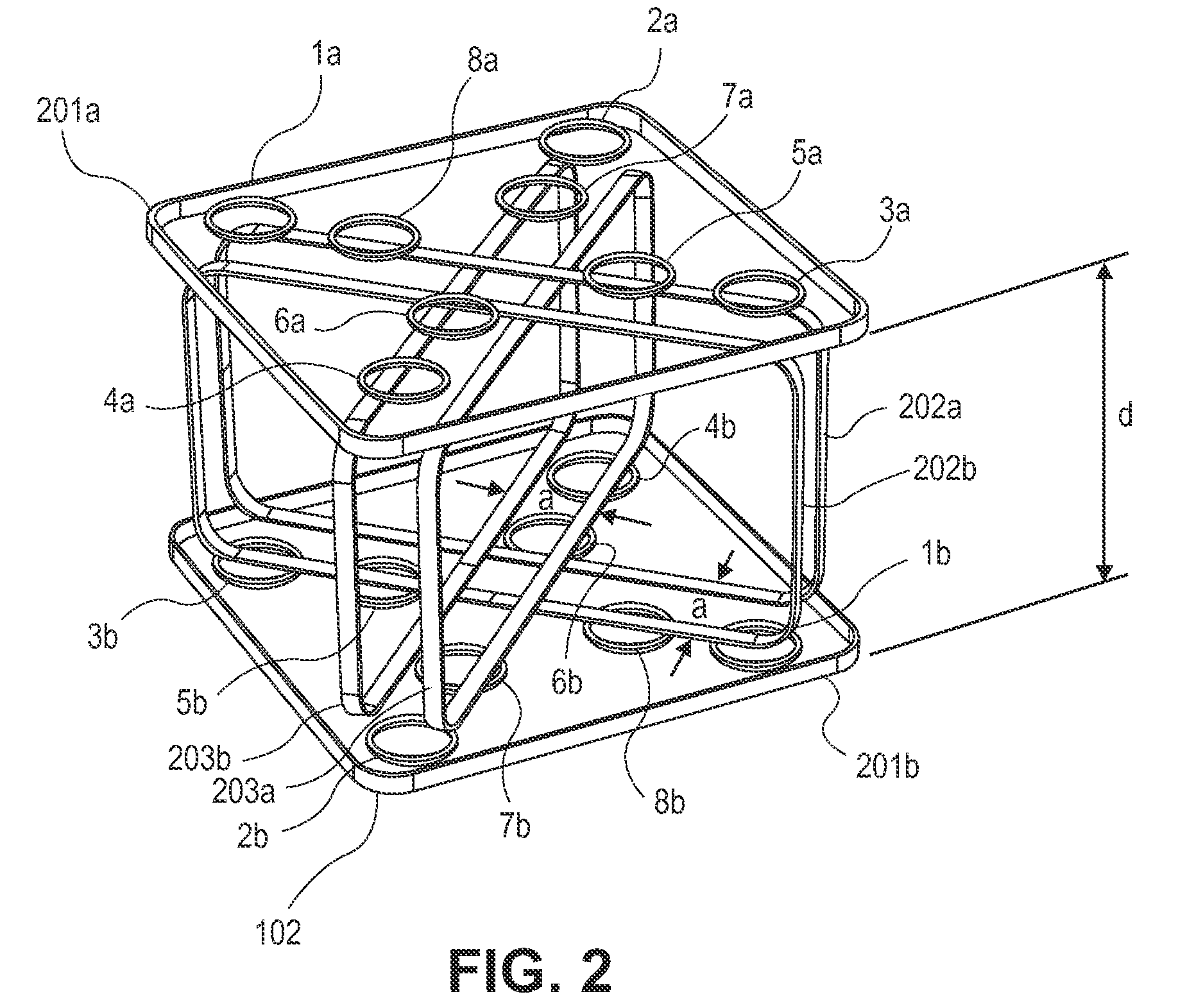Multi-sensor system for the detection and characterization of unexploded ordnance
a multi-sensor system and unexploded technology, applied in the field of unexploded ordnance detection and characterization, can solve the problems of mechanically difficult to position the receiver in a true null position, the receiver is limited in the electronic range, and the dynamic range problem, so as to reduce the sensitivity of the receiver element and reduce the deformation of the device
- Summary
- Abstract
- Description
- Claims
- Application Information
AI Technical Summary
Benefits of technology
Problems solved by technology
Method used
Image
Examples
Embodiment Construction
[0032]The new coil arrangement according to an embodiment of the invention is illustrated in FIG. 2, the two single vertical transmitter coils 102 and 103 of the prior art, FIG. 1, replaced by two pairs of coils (202a-202b, and 203a-203b), the individual coils of each pair separated by a distance “a”. The first receiver of each of the 8 receiver coil pairs (coils 1a-8a) is positioned directly over-top, that is laterally centered, relative to transmitter coil pairs 202 and 203. For ease of illustration, the frames which house the coil windings are shown, the frames in fact labeled 201a,b, 202a,b and 203a,b, the windings themselves nestled inside the frames, which frames provide the structural skeleton for the system. As with the coils described in our earlier provisional applications the frame itself may be formed from such non-conductive materials as wood, plastic, or aluminum.
[0033]FIG. 3A is a representational illustration in cross section of the flux field for one of the receiver...
PUM
 Login to View More
Login to View More Abstract
Description
Claims
Application Information
 Login to View More
Login to View More - R&D
- Intellectual Property
- Life Sciences
- Materials
- Tech Scout
- Unparalleled Data Quality
- Higher Quality Content
- 60% Fewer Hallucinations
Browse by: Latest US Patents, China's latest patents, Technical Efficacy Thesaurus, Application Domain, Technology Topic, Popular Technical Reports.
© 2025 PatSnap. All rights reserved.Legal|Privacy policy|Modern Slavery Act Transparency Statement|Sitemap|About US| Contact US: help@patsnap.com



